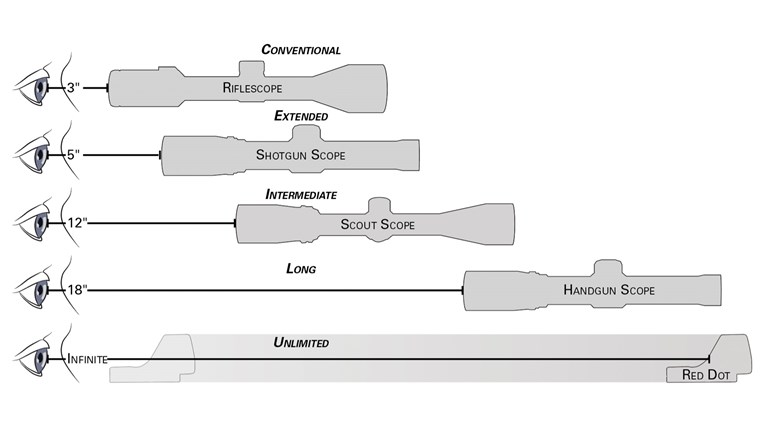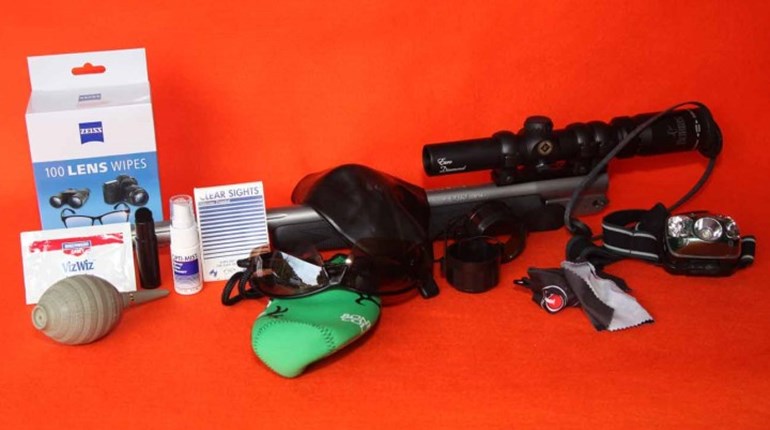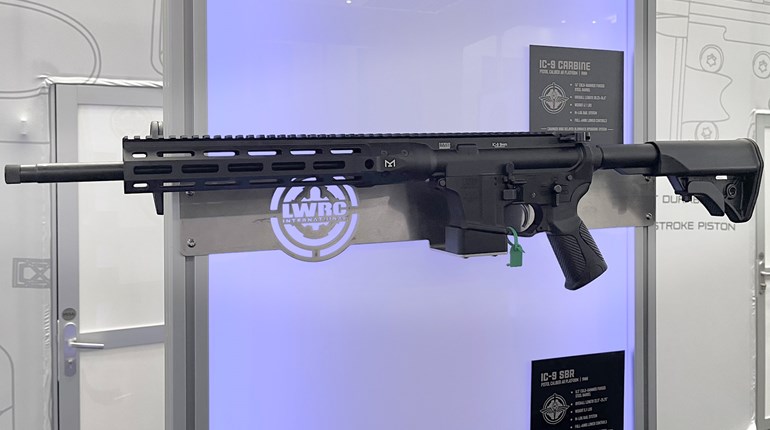
When it comes to optics, most experts tell hunters to buy the best glass one can afford, which is valid counsel. But everyone’s definition of affordable is not the same. Many of us struggle to find a riflescope that performs reliably at a price that doesn’t require a home equity loan.
When Redfield closed its doors in 1998 after nearly 90 years in business, American hunters and shooters lost an iconic brand known for high quality and reasonable prices. I would venture to say that many readers took their first deer through the lenses of an old Redfield riflescope. Fortunately, Leupold & Stevens breathed new life into Redfield when it purchased the rights to the name in 2008.
The Redfield Revenge line is a collection of affordable, imported riflescopes suitable for a variety of tasks. With a suggested retail price range of $139-$269, the line is designed to fit an important niche in the market: serviceable quality balanced with reasonable price. Revenge models range from a 2x-7x-34mm ideal for lightweight or youth rifles to the 6x-8x-44mm designed for long-range/varmint use. America’s favorite 3x-9x-42mm fits in between. Matte- and silver-finished scopes are available with standard 4-Plex as well as Accu-Ranger ballistic reticles.
The 3x-9x-42mm I tested features fully multi-coated lenses that maximize light transmission and minimize distortion. The two-piece aluminum body is filled with nitrogen to purge air from the scope and reduce internal fogging. I subjected the Revenge to both submersion and extreme temperature tests and no sign of fogging or leakage was encountered. The Revenge’s image quality and light transmission appeared to be as good or better than most scopes in its price range. According to Leupold, the Revenge transmits 91 percent of available light.
At twilight, I tested the Revenge alongside three scopes that were all set to the same magnification: a Leupold VX-II, Bausch & Lomb 3200 and Burris Compact. Only the Leupold offered a brighter and crisper image of the 50-yard test target.
Scopes are often the weak link in a rifle system. As good as today’s scopes are, they can and do break when subjected to enough abuse. I mounted the Revenge on a 5.5-pound Remington 700 Titanium in .270 Win. to test its mechanical integrity. I had no problem quickly sighting it in. The car-accident-like inertia generated by the fast recoil of featherweight mountain rifles is a great way to chew up the inside of a riflescope in a hurry, but this Redfield kept its zero. I shot half-MOA groups at 100 yards, so clearly the scope wasn’t causing any problems. After a few boxes of full-power ammunition, I “shot the box” at 25 yards to determine the accuracy of the Revenge’s quarter-MOA click adjustments. After adjusting the scope 5 inches in each direction and firing a shot after each adjustment, I determined that the scope tracks just fine. This model allows for 70 MOA (240 clicks) of adjustment for both elevation and windage, and the clicks are positive and repeatable. Once adjusted, the windage and elevation turrets can be referenced to “zero” by pulling up and turning them to the desired position. In this way, if you later dial your scope for windage or elevation, you can quickly find your original zero.
Eye relief is a critical factor for a riflescope. Once your forehead is kissed by aluminum during recoil, a flinch will be tough to shake. Though many scopes at this price point sacrifice in this area, the Revenge maintained its advertised 3.5 inches of eye relief throughout its 3x-8.6x (actual) power range. In case you get too close, the rear of the eyepiece is covered with a soft rubber ring to help cushion the blow. At 14 ounces and just more than 12 inches long, the Revenge is average when it comes to size and mass. I mounted the scope on both long- and short-action rifles using Talley lightweight rings and had plenty of mounting space available.
The most unique component of the Revenge series is the optional Accu-Ranger reticle. It serves two purposes beyond a traditional reticle: It can be used as both a rangefinder and a bullet-drop compensator. The rangefinding feature uses a bracketing system to determine the range to the target based on the assumption that an average deer measures 16 inches from the top of its back to its brisket, and an elk measures 25. The hunter turns the power-selector ring until the animal fits into the 16- or 25-inch bracket; then a floating horizontal crosshair at the top of the reticle indicates a distance from 200 to 600 yards based on the amount of magnification necessary to “bracket” the deer or elk. Once the range is determined, the scope’s magnification is turned to 9x where the Accu-Ranger reticle can be used as a bullet-drop compensator with aiming points corresponding to estimated points of impact at 200, 300, 400, 500 and 600 yards. Because the reticle is made using average velocities, bullet weights, environmental conditions and ballistic coefficients, it is not perfect for every load or cartridge—but it’s a good starting place. For maximum precision at ranges past 300 yards, I recommend testing your particular load on the practice range before attempting to use this or any reticle for holdover on live game. Accu-Ranger reticles specifically designed for the velocities of crossbows, muzzleloaders and varmint rifles also are available on some models.
The Revenge is not a premium-priced riflescope, so don’t expect premium performance, but it’s a lot of glass for $179. Though made in the Philippines rather than Oregon or Austria, the Redfield Revenge is a quality riflescope capable of suiting the needs of most hunters. Clear optics, repeatable adjustments, a useful reticle option and a free, no hassle lifetime warranty are reasons to give it a look.
Technical Specifications:
Magnification: 3x-9x
Objective Lens Diameter: 42mm
Focusing Range: 6'-infinity
Eye Relief: 3.5"
Coatings: fully multi-coated
Dimensions: length, 12.4"; mounting space, 5.6"; weight, 14.8 ozs.
Construction: 1", two-piece aluminum main tube; adjustment range 70" at 100 yds.
Accessories: pull-up turrets, lens covers
MSRP: $179.99 (as tested)



































